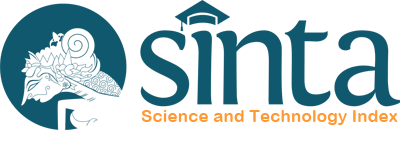Abstract
Albeit high dependency on central government transfer (around 69% of total health expenditure), funding from local PAD has been increasing. The revenue shall support priority health programs. This study aims to analyze local health financing system and as input for health program planning. Health financing portrait how fund being spent, and identfying who the agents are as well as the beneficiaries. The study shows spending on health from local budget is Rp130,000. Expenditures on operational costs for direct activities and community-based health efforts or Upaya Kesehatan Masyarakat (UKM) are still low (41%). Puskesmas needs to do more health-related activities for babies and under-five children, and spending on under-five children activities were inexist. Performance-based budgeting at District Health Office (DHO) has not been implemented yet and poor performance of activities was due to very limited budget for conducting activities. Therefore, future planning for budgeting should consider (1) annual increase of locally derived revenue and excess fund or SILPA to improve financing of priority health programs; (2) local budget managed by DHO to be used for scaling up UKM and General Hospital uses funding managed by National Health Insurance Agency or Badan Penyelenggara Jaminan Sosial (BPJS) to provide quality personal care efforts or Upaya Kesehatan Perorangan (UKP), (3) financing of activities targeting babies and under-five children at Puskesmas should be improved; (4) one way of having performance-based budgeting at DHO is by full provision of operational costs for its direct activities.
Recommended Citation
Hasnur, Hanifah and Junadi, Purnawan
(2016)
"Study on Public Health Financing in Pidie Jaya District in 2013,"
Journal of Indonesian Health Policy and Administration: Vol. 1:
No.
2, Article 5.
DOI: 10.7454/ihpa.v1i2.1010
Available at:
https://scholarhub.ui.ac.id/ihpa/vol1/iss2/5
Included in
Health Policy Commons, Health Services Administration Commons, Health Services Research Commons




